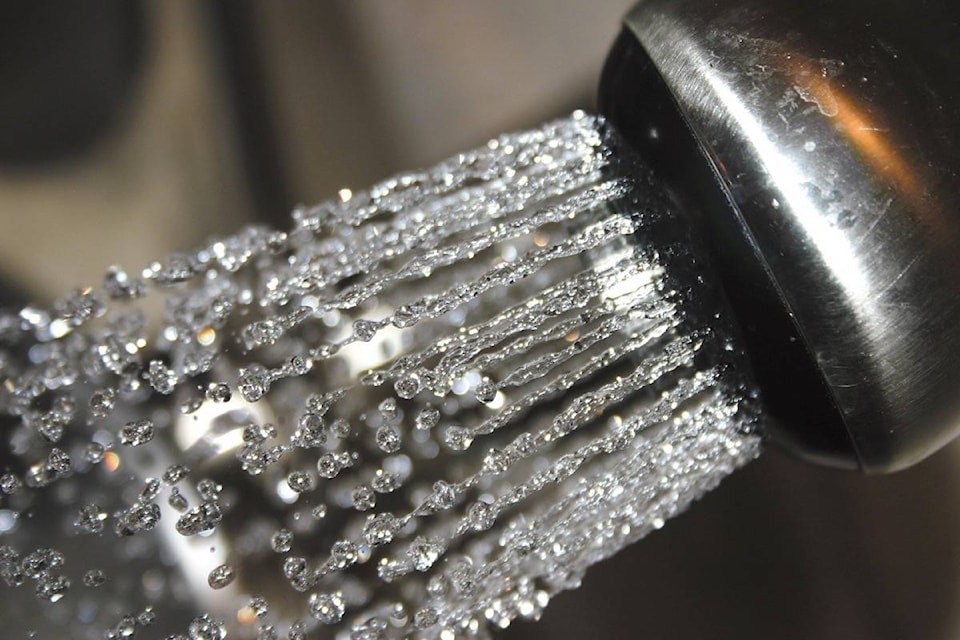New Health Canada requirements means more lead level testing in drinking water in schools in Ladysmith and Nanaimo.
Nanaimo Ladysmith Public Schools had tested water for lead at its facilities between 2016 and 2018, and installation of auto-flush valves and new fountains with flush valves were some of the measures taken.
But while acceptable lead levels were 0.010 milligrams per litre previously, the Canadian government changed requirements to 0.005 mg/L last March, leading the district to set aside $55,000 of annual facilities grant money for further testing.
Lead exposure can cause organ damage and cognitive development issues in children, according to health professionals.
At a business committee meeting Wednesday, Brian Hackwood, school district assistant director of planning and operations, told trustees new testing has been occurring since June with 485 samples taken. The district was one year ahead of schedule in remediation and testing to see if measures were functioning properly, and the change was unexpected, he said.
“There was quite a few schools that were between the 0.005 mg and 0.010 mg/L that we had to re-test and a lot of those schools had had remediation put in place…” Hackwood said at the meeting. “The other aspect that came through from the ministry was … the first three-year program didn’t include schools built after 1990, so the second go-around now has to include all schools built after 1990 and that was a whole new round of testing.”
RELATED: SD68 expands lead in water testing
RELATED: SD68 parents seek more water filtration
RELATED: SD68 implements fixes for lead in water
RELATED: SD68 testing for lead in water set to begin
Hackwood estimated the district is three-quarters of the way through testing and “reams of data” have been collected.
“We have an environmental engineering firm (Tetra Tech) working for us, so they’re going to be putting together recommendations on what to do with all this data, exactly what the remediation works would be,” Hackwood said. “The same as we had done the previous project, we hired a mechanical engineer as well. So he goes in, looks at at the building, looks to see where the long runs of water come from.”
Hackwood said typically in older buildings, there are lengths of pipe that have lead solder in the copper.
“On the newer buildings, we’re seeing that it’s typically the faucets and, it appears, faucets bought right up to current day,” said Hackwood. “If they sit for any period of time, it will produce a lead count. Now they had only been producing a minor one, around the 0.005, 0.006 maybe, but now, that’s no longer compliance, so we’re having to deal with all the faucets that are now failing as well.”
Neil Goeller, a B.C. forest ministry hydrologist and a parent with children at École Hammond Bay, is part of a group that wrote a letter to the district expressing concerns about exposure, regardless of how high or low concentrations may be.
“When you look at the [World Health Organization] standards for lead, children absorb lead four to five times more efficiently than adults do, so is the standard of [0.005] based on an average-weight adult, or is it based on exposure to children?” asked Goeller. “Is it a conservative standard or is it not? I can’t answer that question, but to me, should we be OK with exposure of any level? If it’s something within the means and the budget of the school district, it’s a nominal cost to deal with the problem.”
Hackwood said cost of filters are “outrageous” as they have a price tag of $175 but only last about six weeks. Goeller said, based on numbers from a financial update at the meeting, it doesn’t seem like “an insurmountable cost” in relation to the health of children. Arguably new schools don’t require them, only the older schools, he said.
Dr. Paul Hasselback, Island Health regional medical health officer, said it has been an issue the authority has been focusing attention on for decades to improve.
“Testing done in schools was undertaken using the worst-case scenario and not what the average student was getting exposed to,” said Hasselback. “Most students are actually getting exposed to water in settings outside of schools and this is where families should actually be looking at whether they should be getting their own water tested and that’s where age of the house comes in … I certainly wouldn’t recommend to anybody to go racing out and get their water tested because they’ve been drinking that water up until now, but I do think that we’re going to see some guidance and some direction on when is testing appropriate and who should be testing.”
According to a staff report, remediation measures (flush valves, etc.) will remain in place and new recommendations are expected in April. Further remediation will be done based on test results, the report said.
reporter@nanaimobulletin.com
Like us on Facebook and follow us on Twitter
